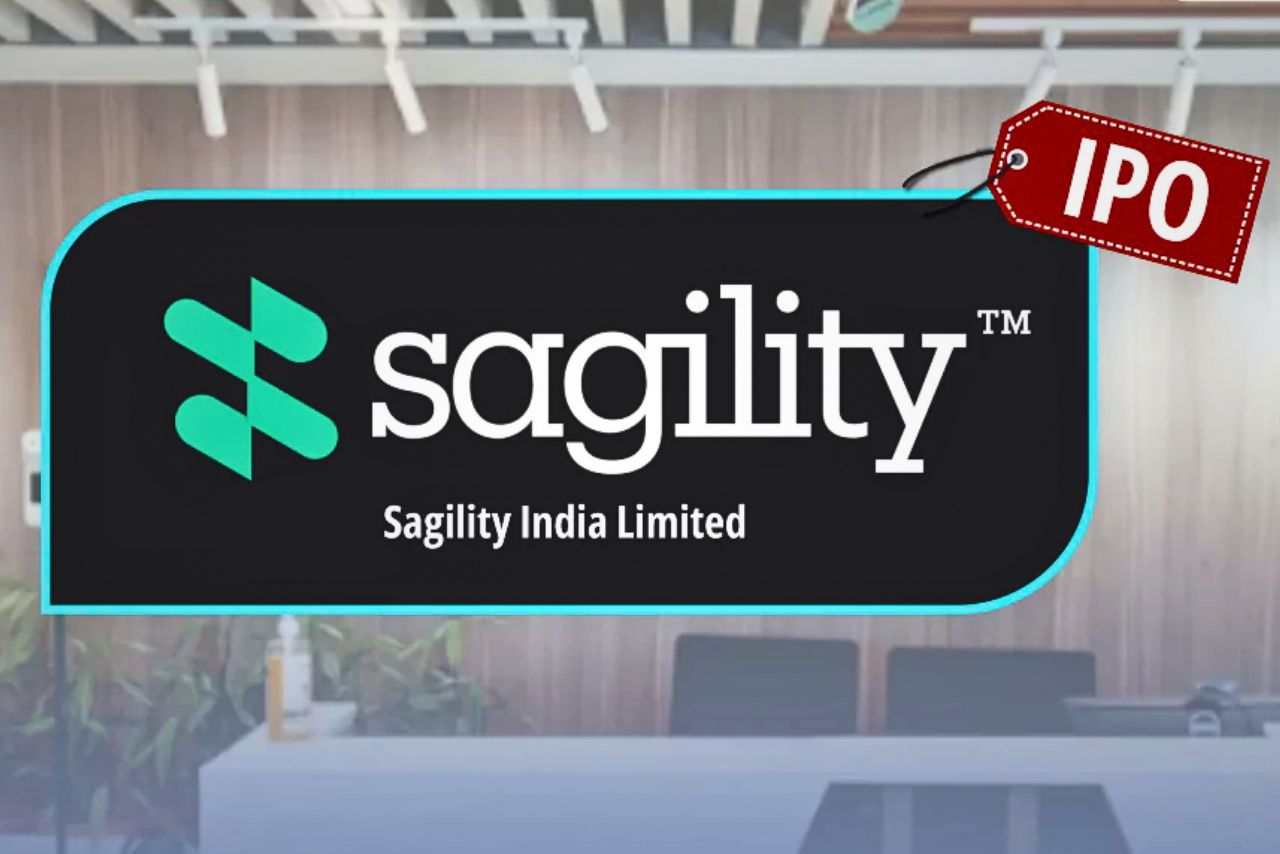Sagility IPO 2024: Detailed Analysis Amidst IPO Clash

Jai Hind and Happy Diwali to all! While we celebrate this festive season, there’s an IPO battle brewing, with four IPOs coming back-to-back. From solar energy to insurance services, and even food delivery, all four IPOs will be opening between 5th November and 8th November. It’s a whirlwind of options, and many investors are wondering which one to choose, and whether they’ll even get an allotment or listing gain.
So, should you invest in these IPOs? Will you even get an allotment? And what about the listing gains? Well, don’t worry — I’ve got you covered! In this post, we’ll take a deep dive into the Sagility IPO and help you decide whether it’s a good investment or not.
The Clash of IPOs: What’s Happening?
As mentioned, we have four IPOs hitting the market from 5th November to 8th November, causing quite a stir among investors. Here’s a quick breakdown:
- One IPO is coming from the solar category.
- Another from the insurance category.
- A third from the insurance service provider category.
- And last but not least, Swiggy’s IPO, which I’ve already discussed.
With all these IPOs launching around the same time, it’s causing confusion among investors. Should you apply for one, or just wait for a better opportunity? What are the chances of allotment? Is it worth the risk?
Today, we’ll discuss the Sagility IPO in detail — its business model, financials, OFS (Offer for Sale), valuation, and whether it’s worth your investment.
What is Sagility IPO?
Sagility Limited, previously known as Buck Meer India Private Limited, offers healthcare-focused solutions and services. The company primarily supports insurance providers and healthcare service providers like hospitals and physicians. Sagility acts as a bridge between insurance companies and hospitals, managing claims, clinical services, and payment integrity.
Here’s a quick breakdown of Sagility’s business model:
- Healthcare Solutions: Provides services to both payers (insurance companies) and providers (hospitals, physicians).
- Core Services: These include claims administration, clinical management, and payment integrity.
- Revenue Cycle Management: Helps healthcare providers optimize their revenue streams and minimize losses.
Their clients are primarily based in the US, but the company is also expanding its presence in India and other markets. Sagility claims to have worked with some of the largest players in the insurance and healthcare industry, with an average service duration of 10-17 years.
The Business Model Explained
To understand how Sagility works, think of it like this: insurance companies want to settle claims with hospitals. However, instead of dealing directly with the hospitals, insurance companies outsource this function to a middleman, which in this case is Sagility. Sagility essentially acts as a bridge that ensures smooth transactions between both parties, handling everything from clinical management to claims administration.
But here’s the catch: this model isn’t without its flaws. The gap between the insurance provider and the healthcare provider isn’t always lucrative for Sagility. The margins in this business are thin, and as a result, Sagility’s profitability can sometimes be affected.
Financials: What the Numbers Say
Now let’s talk about the financial health of Sagility. Here’s a snapshot of their financials:
- Revenue: Sagility has seen some decent revenue growth over the years, but their profit margins are extremely thin. Their overall margins are around 2-4%, which is quite low compared to industry standards.
- Reserves: Sagility’s reserves have fluctuated significantly over the years. For example, their reserves dropped from ₹4000 crores to ₹1800 crores recently, signaling a decline in profitability and financial stability.
- Losses and Profit Margins: Despite a high revenue base, their net profit margins are barely noticeable. The company is still in the red in terms of overall profits, which raises a red flag for investors looking for a strong return on investment.
OFS (Offer for Sale) Impact
One major concern with Sagility’s IPO is that 100% of the issue is an Offer for Sale (OFS), meaning no fresh capital will be raised by the company. Instead, the promoters are selling their shares, and all the money from the IPO will go to them, not to Sagility itself. This is important to note because it means Sagility won’t get any funds to pay off debt or invest in growth initiatives.
Price Band and Valuation
The price band for Sagility’s IPO is set at ₹28-30 per share, and the face value of the shares is ₹10. This pricing seems quite reasonable on paper, but investors should keep in mind that the company’s margins are extremely low, and the 100% OFS structure doesn’t offer much in terms of growth potential.
Important Dates for Sagility IPO
Here are the key dates for Sagility’s IPO:
- IPO Open Date: 5th November 2024
- IPO Close Date: 7th November 2024
- Allotment Date: 8th November 2024
- Refunds Date: 8th November 2024
- Shares Credit Date: 11th November 2024
- Listing Date: 12th November 2024
Final Verdict: Should You Invest in Sagility IPO?
Now, let’s get to the most important part: should you invest in Sagility’s IPO? Here’s my take:
- Pros:
- The company has been in the healthcare and insurance services sector for a long time, so they have experience.
- There is a possibility of growth, especially as the demand for insurance and healthcare services continues to rise.
- Cons:
- The margins are extremely low, and the company has been struggling with profitability.
- 100% OFS means no new capital is being raised by the company, which is a major red flag.
- The price band may be reasonable, but considering the low margins and lack of growth potential, it seems like a risky investment.
Conclusion
If you are a safe trader, I would advise avoiding this IPO. The lack of profitability, low margins, and the OFS structure make it a risky bet. However, if you are a moderate or risky investor, you could apply for one or two lots, but keep your expectations low in terms of listing gains.
In my opinion, Sagility IPO doesn’t look like a great opportunity, especially when compared to other IPOs launching around the same time.
Final Thoughts
Stay tuned as I’ll be covering the other IPOs coming up this week and providing a comparison of all these opportunities. If you found this analysis useful, please like, share, and subscribe for more updates!
Happy Diwali again, and best of luck with your investments!
